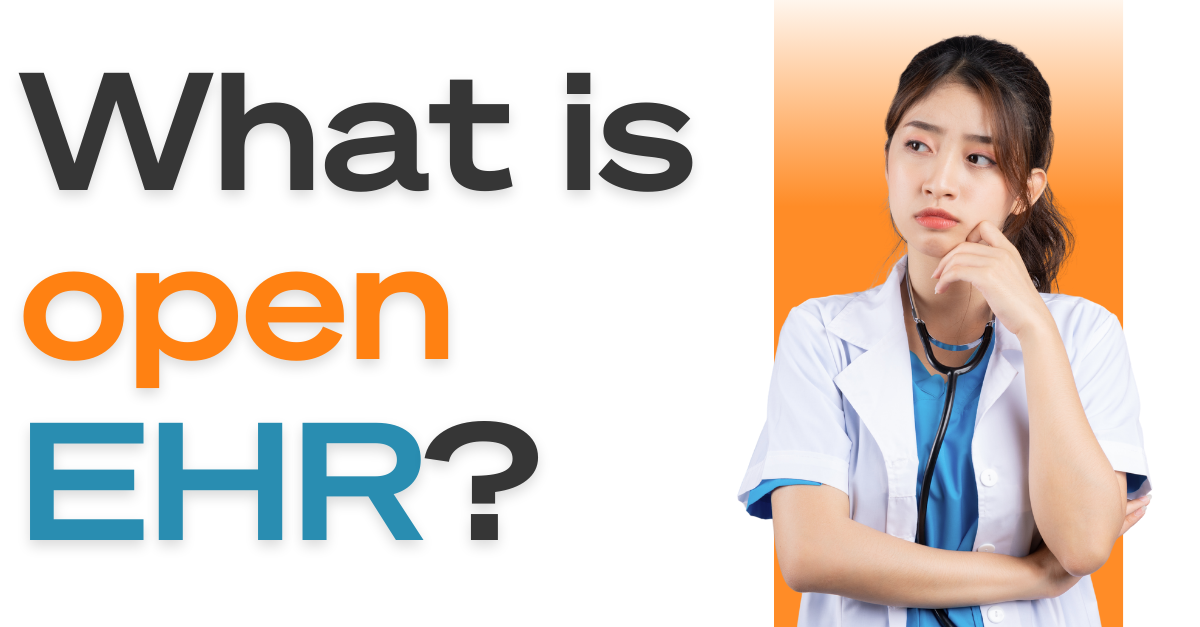At first glance, openEHR might seem complicated, but the fundamentals are actually quite simple.
openEHR is a set of open specifications, clinical models, and software that creates standards for healthcare IT which help solve one of the sector’’s biggest challenges: interoperability – getting health information systems to work together properly.
Because of the complexity of the healthcare sector, healthcare tech is already lagging behind other industries like banking and logistics; why is it that our money moves seamlessly between banks, yet our medical records often don’t follow us between healthcare providers? The result is that clinicians, researchers, providers and patients are all frustrated with the limitations and lack of interoperability within electronic medical records (EMRs). The current system not only creates more work, it also fails to deliver on basic needs like:
- Sharing medication lists between facilities
- Supporting smooth handoffs between providers
- Creating clinical guidelines which are actually useful in practice
- Patient-centred care
- Enabling research without massive data cleanup efforts
The Solution
openEHR tackles these challenges through its four main programs:
- Specifications
This program creates the technical foundation for openEHR; the models and languages that make everything work together. - Clinical Modeling
Healthcare and health tech professionals build standardised ways to record clinical information (called “archetypes”) that can be reused across systems. - Software
The development of open-source tools and components that anyone can use to build interoperable EHRs. - Education
Helping our members, partners and affiliates to build communities, share information and best practise, and implement all of these advancements in healthcare environments throughout the world.
What makes openEHR different?
openEHR uses a unique approach called “multi-level modeling” that separates the technical parts (how data is stored) from the clinical parts (what the data tells us). This means:
- Clinical experts can define what they need without worrying about technical details
- Systems can evolve as technology changes, without losing or corrupting health data
- Information can follow patients between different facilities and systems
- Organisations can mix and match components from different vendors.
The Benefits
- Healthcare providers can gradually build systems over time, whilst avoiding vendor lock-in
- Clinical professionals have more control over how their systems work
- Patient data can be transported and shared freely between systems, without sacrificing accuracy
- Organisations can add new capabilities without replacing their entire system
Put simply, openEHR is creating a common language and set of rules that lets healthcare IT components work together like Lego blocks, rather than forcing everyone to commit to systems designed by a single manufacturer.
Whether you’re a healthcare provider, software developer, or researcher – you can join the openEHR community to help develop these standards and tools.
If you’d like a deeper tehcnical explanation of openEHR, check out Dr Paul Miller’s blogpost – Where can I download openEHR?
Deeper still?
Watch Dr Ian McNicoll’s insightful webinar with the Better team covering the technical capabilities of openEHR, its unique approach to data management, and why it fundamentally transforms the traditional federated approach to data.

Leave a Reply